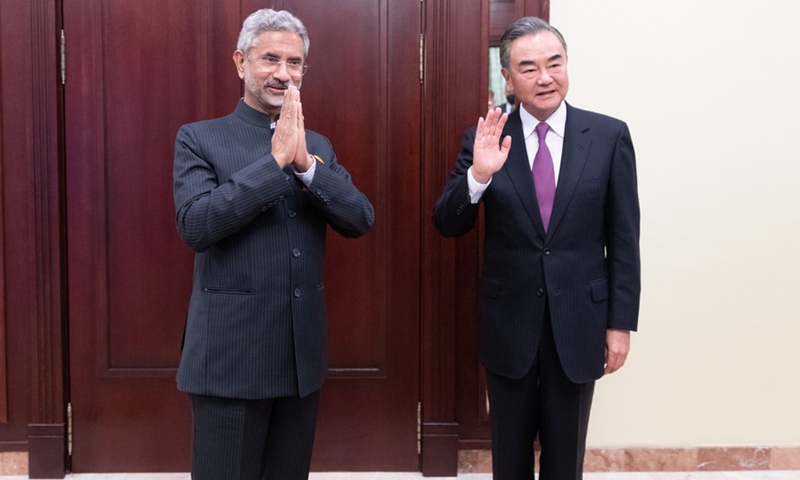The Hindu’s Editorial – (13 September 2020) – The “five-point consensus” reached by the Foreign Ministers of India and China in Moscow on Thursday provides a glimmer of hope of a diplomatic solution, while thousands of troops from both countries remain deployed along the border.
It is, however, only a glimmer. Each point, outlined in a joint statement, has been affirmed previously by the two neighbours, both in past boundary agreements and in talks held since June that have failed to de-escalate tensions. The LAC remains tense, facing its worst crisis since 1962. Both sides have agreed to take guidance from previous understandings, including on “not allowing differences to become disputes”, a formulation of 2017 that has not lived up to its promise.
They agreed the current situation suits neither side, troops should quickly disengage, maintain proper distance, and ease tensions. Both sides said they would abide by all existing agreements, continue dialogue, and expedite work on finding confidence building measures to maintain peace.
At the same time, stark differences remain, including on the key question of whether both sides will return to the status quo ante prior to China’s transgressions. The issuing of the joint statement was somewhat unusually accompanied by separate press statements, which struck discordant notes on key issues. India stressed that peace on the boundary was essential for ties, and that recent incidents had impacted the broader relationship.
The Chinese statement, on the other hand, sought to emphasise the importance of “moving the relationship in the right direction” and to put the border “in a proper context”. China’s statement also quoted India’s Foreign Minister as saying India believed China’s policy toward India had not changed and that it did not consider relations to be dependent on the settlement of the boundary question.
This characterisation of India’s stand was a sharp contrast from Delhi’s recent public statements, which have emphasised border peace as a prerequisite to taking forward the broader relationship. Moreover, a day before the talks, China’s official news agency issued a commentary placing the onus entirely on India to defuse tensions, accusing India of “reckless provocations”, telling India “to learn from history”, and reiterating that China “will not lose an inch of territory”.
It is welcome that India and China have finally found something to agree on. Thursday’s consensus, however, is only the first step of a long road ahead. The continuing rounds of talks should be aimed sincerely at disengagement, and not at presenting a veneer of diplomatic engagement even while China strengthens its hold along the LAC. India will need to verify before it can trust each of China’s steps from now on.



